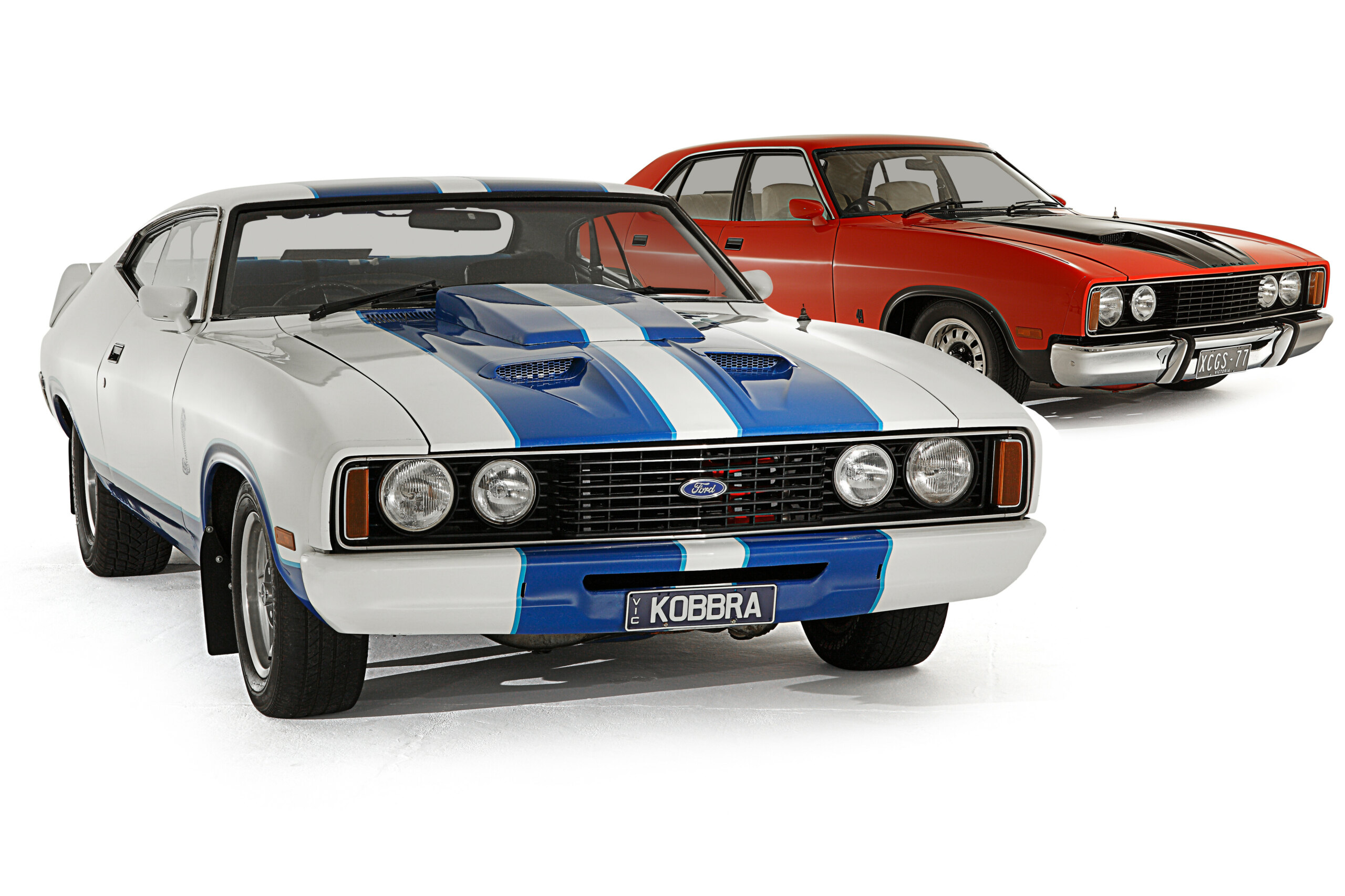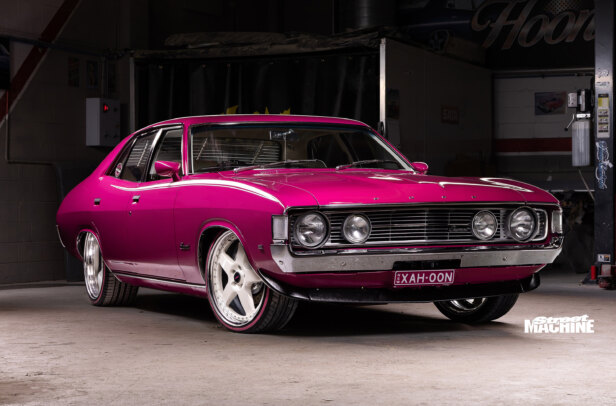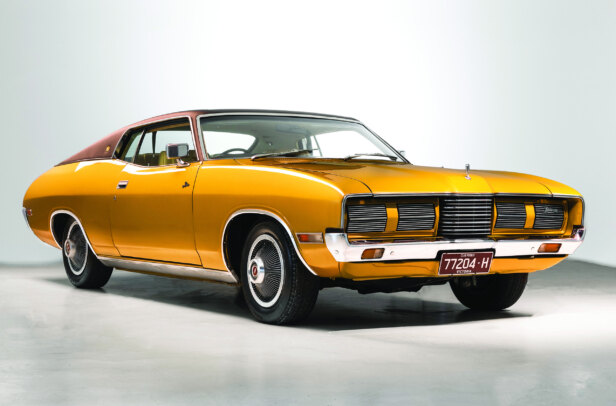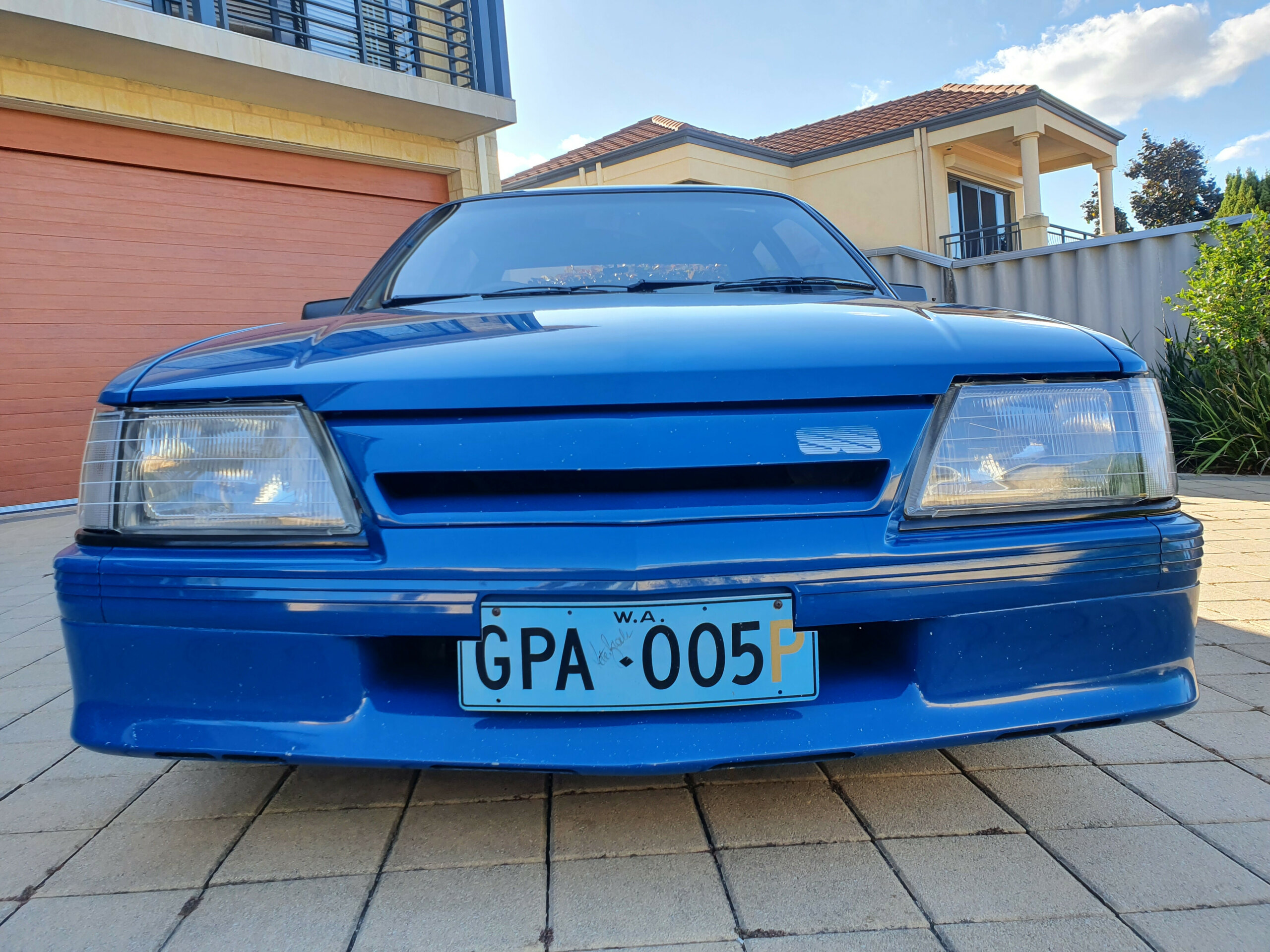Ford had worked hard to build up a reputation on big muscle cars. But by the time the XC Falcon was launched in July 1976, the line-up no longer included a GT; it was killed off by prohibitive insurance premiums, falling sales and the energy crisis. Nevertheless, there were still sporty variants to be had for those who weren’t satisfied with the regular Falcon, Falcon 500 or Fairmont.
First published in the December 2010 issue of Street Machine
Such buyers could add a GS Rally Pack to any 500 or Fairmont except the coupe, which was only available as either a GS or Fairmont. The nominal replacement for the GT — when optioned with the 5.8-litre V8 — was the Fairmont GXL.
The GXL offered four-wheel discs, limited-slip diff, power steering and the usual GS goodies, though with staid styling and no extra horsepower, it was pitched as more of a businessman’s express than a true muscle car. A couple of special editions helped inject some much needed flair into the range, but more on them later.
As far as model upgrades go, the XC was quite comprehensive. Starting with the visuals, the most obvious updates were a full-width slat grille in black, square headlights for the Fairmont and GXL, beefed-up bumper bars and a smooth new tail-light treatment.
The body was also massaged and if you check out the rear, you’ll see the XC was less Beyoncé and more Lady Gaga, with a flattening of that Coke bottle line that defined the XA and XB.
Rear doors the same as the ZH Fairlane’s were the main differences, while the C-pillar was narrowed to improve visibility, so the line from the bonnet (with a less-pronounced slope), across the window sills to the boot wasn’t quite as curvaceous as on the XB.
Under the bonnet, Ford was forced to satisfy ever-encroaching regulations that were demanding stricter pollution controls. In particular, ADR 27a required all cars built from 1 July 1976 to be fitted with positive crankcase ventilation, evaporative emission control and exhaust gas recirculation systems.
Rather than simply lumbering its old sixes with the pollution gear and hoping for the best — as Holden essentially did to the HX — Ford invested $16 million on updating its engines to meet the new criteria.
This included a new crossflow cylinder head for the 3.3 and 4.1-litre mills. Ford claimed that the new engines gained 12hp over the XB sixes but contemporary road testers felt that they actually suffered a slight drop in performance, due in part to the fact that the XC weighed up to 93kg more than the XB.
That said, the Fords fared a lot better on the road than the rival HX, which was criticised for its increased fuel consumption, erratic idling and hard starting.
The XC also received a suspension revision to suit steel-belted radial tyres when the XC½ or Series II upgrade arrived in May 1978. Similar to Holden’s Radial Tuned Suspension (RTS), the package added an anti-sway bar at the rear, beefed up the front sway bar and also brought revised spring rates.
These cars can be identified by the addition of the traditional Blue Oval badge to the centre of the grille — the first time the iconic logo had been used on a Falcon.
Ford’s efforts with the XC paid off when it saw the Falcon pull ahead of the HX Holden in the sales race in September ’76, in front by 4.8 per cent. It wasn’t a massive lead but it was a triumph for Ford Australia, which had battled against Holden’s total dominance in the 1950s and had to overcome the gremlins that beset the early Falcons.
Helping to keep the sales figures strong were a number of special editions. These reached plague proportions among the Big Three by the mid-70s. Holden offered the LE Monaro, as well as the G-Pak and Plus 4 Toranas, while Chrysler was trying to shift Sportsman Chargers. Ford’s efforts included the Allan Moffat Special, essentially a GS Falcon 500 with the addition of XB GT-style paint, but the most famous and successful of all was the XC Falcon Cobra.
While Ford was kicking goals with the rest of the XC range, it was struggling to sell the hardtop — so much so that the price had dropped below that of the sedans. Even the famous one-two victory at Bathurst ’77 by Allan Moffat and Colin Bond in a pair of XC hardtops didn’t produce a showroom stampede for the big coupe, and Ford was left with 400 shells to shift and no plans for a two-door in the upcoming XD range.
A suggested Playboy theme was thankfully rejected and Ford turned instead to the Cobra concept, which was credited to visiting Ford executive Edsel B Ford II. Playing on the heritage and styling of the classic Shelby Mustangs, the result was the individually numbered XC Falcon Cobra, which debuted in 1978.
The Cobra featured blue stripes over a white body and the choice of either a 4.9 or 5.8-litre V8, five-spoke Bathurst Globes, four-speed manual ’box, dual exhaust, LSD, driving lights, wild spoilers and sports suspension. The first 30 (badge numbers 2-31 inclusive) were produced as homologation specials known as Option 97 and you can pick them by the large rear-opening bonnet scoop. This version featured a stock-standard 5.8-litre, as well as Scheel buckets, twin thermo fans, oil cooler, body strengthening, a large radiator and an oil cooler.
While the Cobra lacked the muscle of its GT forebears, it had the chutzpah to make its mark and it flew out of the showrooms, the last shot fired in the classic era of Ford muscle cars and the perfect full stop for the third generation Falcon.
Zelko Ulakovic’s Allan Moffat Special
Working as a travelling auto electrician has its benefits, especially for bumping into rare and cool cars — just ask Melbourne’s Zelko Ulakovic. Two and a half years ago he was working on a car for a guy who told him he had a John Goss Special in his shed.
“I said the two-door? And he was like: ‘No, it’s a four-door.’ A few weeks before I was at a car show and saw a white Allan Moffat Special. The owner told me about them, so I knew what it was.”
Basically it’s a GS Rally Pack-equipped Falcon 500 with disc brakes, XB GT-style paint, LSD, sports suspension, 12-slots, the 4.9-litre V8, the choice of four-speed manual or T-bar auto and the Aussie flag decal with Moffat’s signature.
Just 500 were made, perhaps to assuage GT fans who had to now settle for the lesser GXL badge.
The car Zelko bought — “Straight away; I stole it for two and a half grand,” he laughs — was in rough condition. It had rust in the sills and the tan interior was the worse for wear, so he set about a 12-month project that’s resulted in what is perhaps the best example in the country.
“I take it to Ford shows and people have made offers, but I tell them: ‘Don’t even bother — it’ll stay with me forever.”
Travis Allan’s XC Falcon Cobra
The history of Melbourne diesel mechanic Travis Allan’s cool and original #229 Cobra is a bit of a mystery. “It was registered in NSW and repossessed by the bank — the caryard I got it from bought it at auction.”
That was 13 years ago, when he was 19. He was out with his drag racer dad and spotted the Cobra with a tasty $8000 price tag.
“I wasn’t really looking for this particular type of car but when I saw it I fell in love with it,” he says.
Though his father raced, Travis isn’t interested in taking his 302-powered Cobra to the track. Instead, he credits Jonny and George from aussiecoupes.net and Chris Thompson at catmotorsport.com.au with helping get the car to how it is now.
“I eventually want to do a full resto — it’s starting to show its age,” he says. “But with [resto] prices the way they are, I don’t see that in the near future. So it’s mostly a weekend car now.”
Don’t even ask if he wants to sell it. “The wife says there’s no way she’d let me,” he laughs. She has an LC Torana herself, so cool cars are very much a part of his family’s life. “She’s just spent two days cleaning the engine bay with a toothbrush to get it ready for the photo shoot!”
Sounds like a keeper — along with the car.




Comments